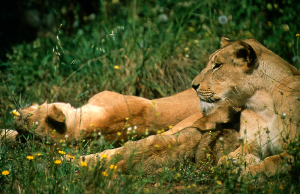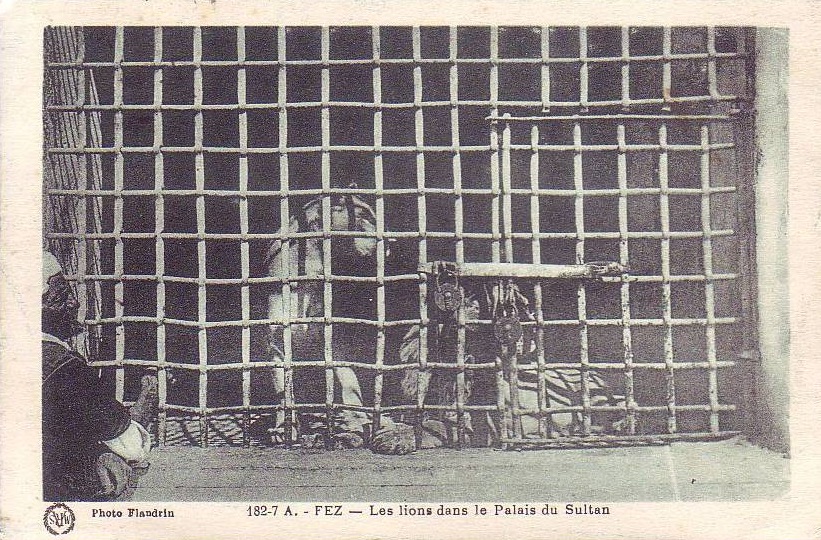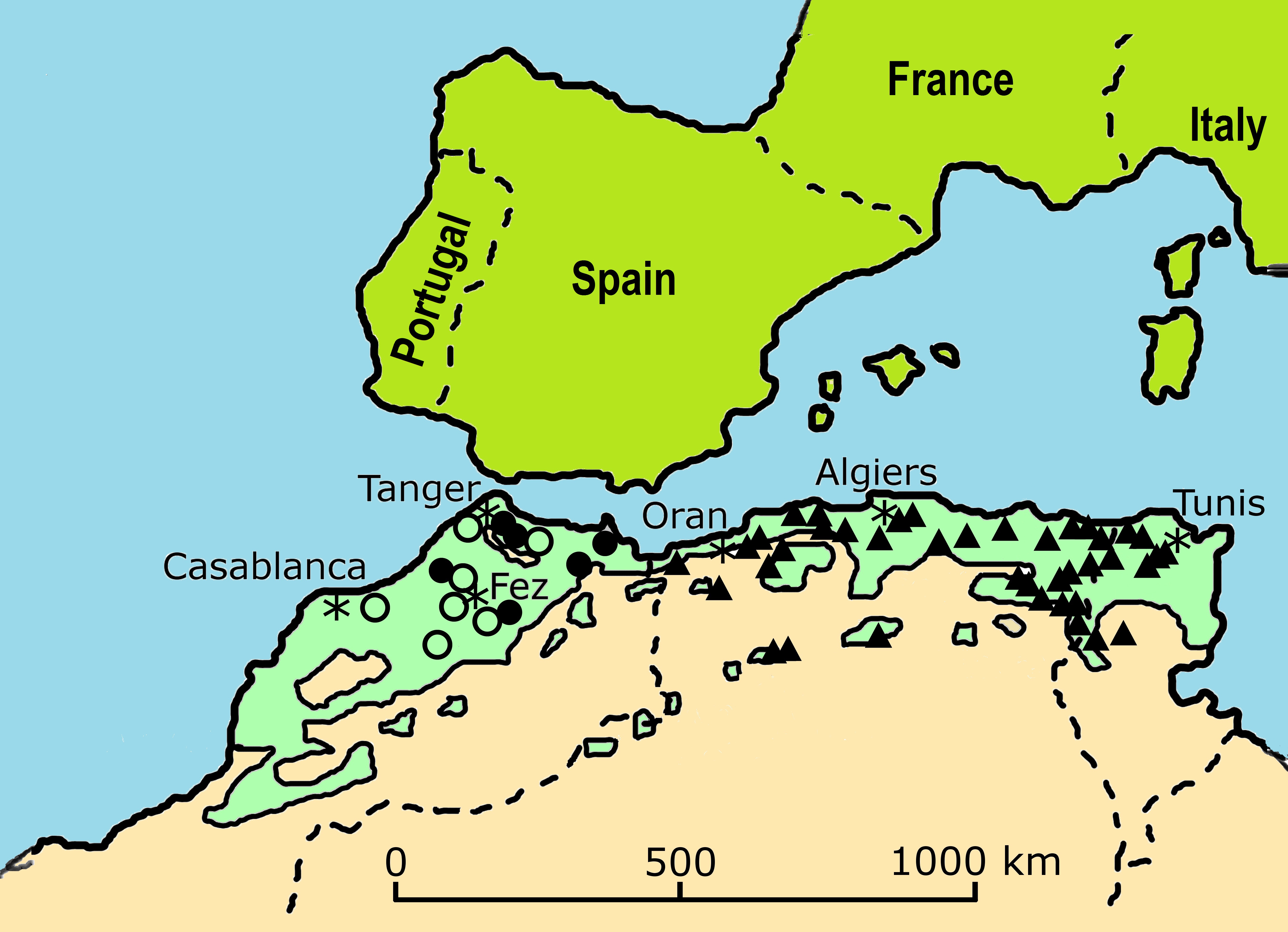A number of zoos in Europe have lions descended directly (and exclusively) from animals which were in the King of Morocco’s royal collection in Rabat in 1969. A few examples on the animals in captivity are shown here:
During the 1990s Port Lympne in Kent (UK) was one of the few zoos with a breeding group outside Morocco. Suliman (left) was sourced from Rabat zoo and at one stage was the sire to about a quarter of the total population of animals outside Europe. He is now retired from the breeding programme.
Two of Suliman’s sons are important breeding animals. One has since been transferred to Zoo Hannover (Chalid) to join a group of females. The remaining brother Milo (left) is now intended as the prime breeding male at Port Lympne. His current partner is a lioness sourced from Madrid zoo.
Several females have been imported from Morocco into European zoos over the past decade. The focus of zoo-based breeding is to preserve important bloodlines represented by various animals across several zoos. Active arrangements for transfers of animals have been revived over recent years.
Further Reading:
Black S, Yamaguchi N, Harland A, Groombridge J (2010) Maintaining the genetic health of putative Barbary lions in captivity: an analysis of Moroccan Royal Lions. Eur J Wildl Res 56: 21–31. doi: 10.1007/s10344-009-0280-5










